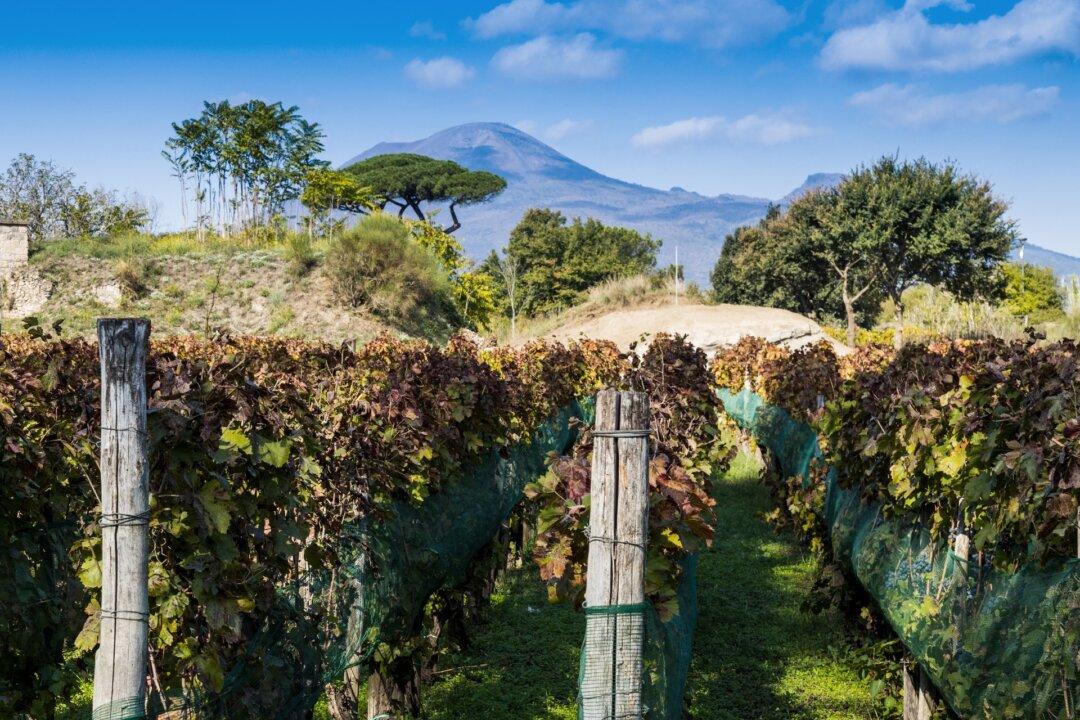Pompeii is famed for plaster-cast bodies, ruins, frescoes, and the rare snapshot it provides of a rather typical ancient Roman city. But less famous is its evidence of viticulture.
Wild grapevines probably existed across peninsular Italy since prehistory, but it is likely the Etruscans and colonizing Greeks promoted wine-making with domesticated grapes as early as 1000 BCE.

